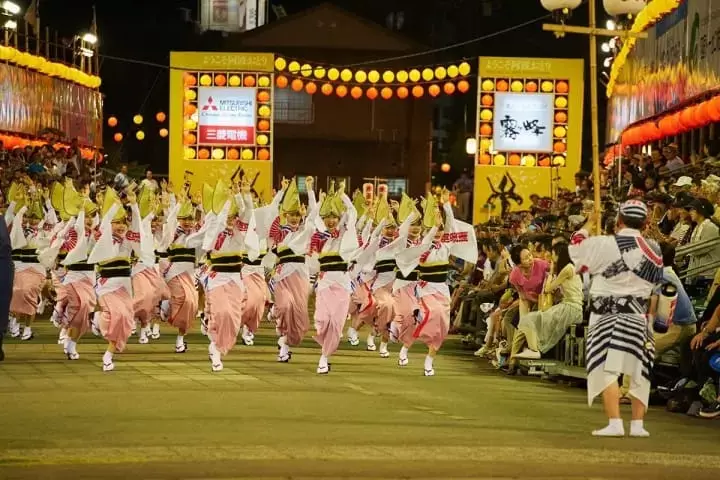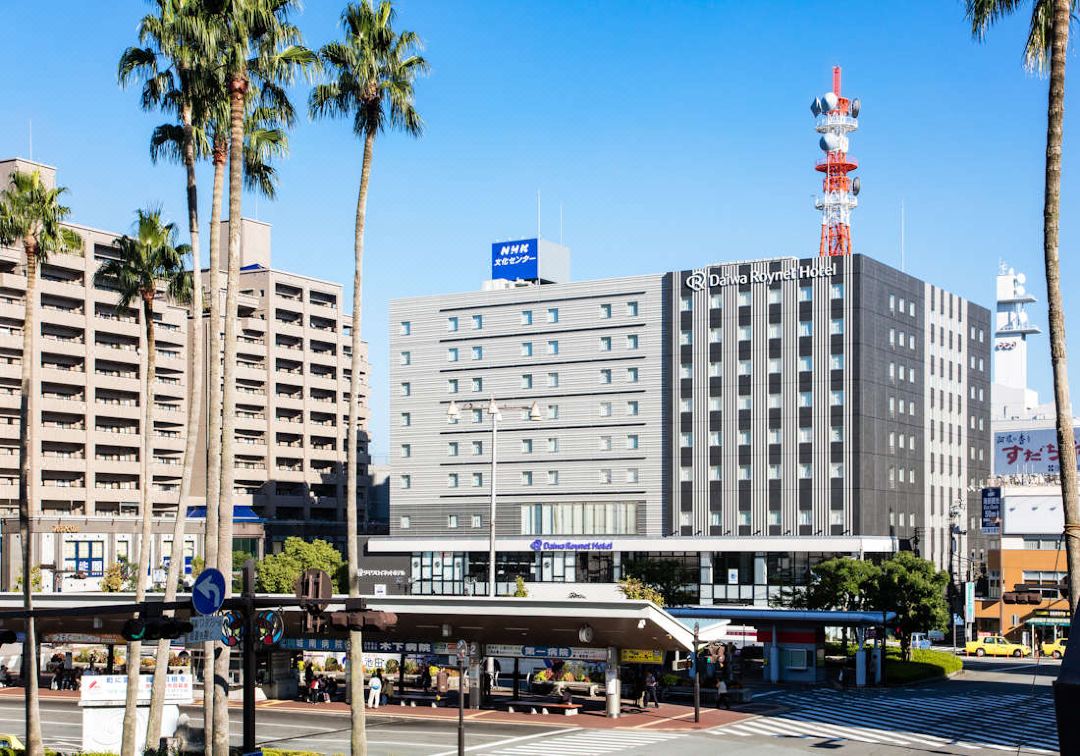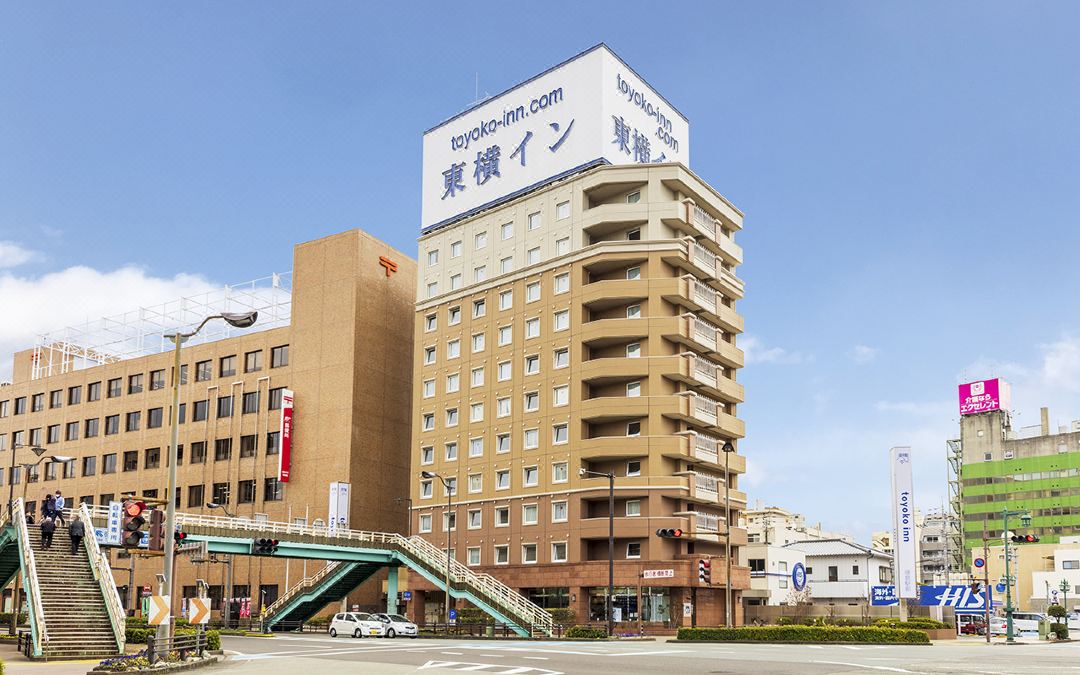Awa Odori Festival 2025: Tokushima's Summer Dance Festival

Tokushima's Awa Odori Festival is one of Japan's most famous summer dance festivals. The Awa Odori Festival 2025 will be held August 11 - 15. Read on to learn the festival's highlights, how to access the venues, and how to best enjoy the event.
Tokushima's Awa Odori Dance Festival: Held Every Year in August
The Awa Odori Festival in Tokushima is one of the most famous dance festivals in Japan. Along with Gifu’s Gujo Odori Dance and Akita’s Nishimonai Bon Odori, it has a history of over 400 years and is counted as one of Japan’s three most important Bon Odori Festivals (*1).
*1 Bon or Obon... The custom of remembering ancestors and deceased family by visiting their graves, which is usually performed in August.
During the Awa Odori Festival, thousands of people are dancing to the Awa Yoshikono chant "The dancers are fools and the watchers are fools. If both are fools, then why not dance?"
Tokushima Awa Odori Dance Festival 2025 Dates

© JNTO
The Awa Odori Festival in Tokushima will be held August 11 - 15, 2025. *August 11 features an indoor opening event.
Venues: Sansan Aiba Hama Dance Hall, Awagin Minami Uchi-machi Hall, Ryougoku Hon-machi Hall, and others
*Please check the official website for details.
Typical dates: August 12, 13, 14, and 15
Typical venues: Odori Plaza, Odori Road, Machikado Square, and others
Features of the Awa Odori Dance Festival in Tokushima


© JNTO
There are two Awa Odori styles. For the men’s dance, they wear happi coats (*1) with their yukata while female dancers wear amigasa (*2) along with their yukata for the women’s dance. Indeed, the charm and elegance of the women dancing in their pink and red yukata is one of the highlights of the festival.
While you can view Awa Odori festivals in many places in Tokushima prefecture as well as in Koenji and Nakameguro in Tokyo, the most famous of them all is the Tokushima City's Awa Odori Festival. Held every year during the Obon Holiday season from August 12th to the 15th, over a million people visit year after year to watch more than a hundred thousand dancers perform.
Read on to learn how to access the venues of the Awa Odori Festival in Tokushima and the highlights of the event.
*1 Happi coat: a traditional Japanese straight-sleeved coat usually worn only to festivals.
*2 Amigasa: a traditional braided straw hat used to protect wearers from the sun in summer.
Awa Odori Festival and Station Access

© JNTO
The Tokushima City Awa Odori is held on the south side of JR Tokushima Station.
Tokushima Station
Adress: Tokushima, Tokushima, Terashima Honcho, Nishi 1-61 Google Map
Travelling From Tokyo By Shinkansen
If traveling from Tokyo to Tokushima by train, take the Shinkansen (bullet train) bound for Hakata from Tokyo Station and get off at Okayama Station. From there change to the JR Rapid Service Marine Liner bound for Takamatsu and get off at Takamatsu Station (the last stop). From Takamatsu, take the JR Limited Express Uzushio bound for Tokushima and get off at Tokushima Station (again the last stop). It takes roughly 6 hours and costs 18,010 yen for unreserved-seat tickets.
Travelling From Tokyo By Airplane
If you're traveling by air, take a domestic flight from Haneda Airport bound for Tokushima Awaodori Airport. There are 10 flights per day departing from Haneda. It takes 1 hour and 15 minutes to fly to Tokushima Airport and prices range from 15,000 to 20,000 yen depending on the airline and season.
From Tokushima Awaodori Airport, you can take a limousine bus bound for Tokushima Station. It takes about 30 minutes and costs 440 yen.
What to Expect at the Awa Odori Festival
Here are some tips on how to enjoy the the Awa Odori Festival.
Check Out the Various Ren and Their Different Styles!

© JNTO
The Tokushima City Awa Odori takes place in front of Tokushima Station from 18:00 to 22:30 every day from August 12 to 15.
There is no specific or correct way to dance the Awa Odori. Instead, there are over 1,000 different dance groups called Ren who perform their own unique dance styles. Appreciating the various dances is a big part of the fun!
Join the Niwaka Ren and Try Dancing Yourself
Dancing in front of Tokushima Station is reserved for those who have signed up, joined a dance group, and have properly rehearsed beforehand; day-of participation is not permitted with most groups.
However, there is one group called the Niwaka Ren, which anyone can join on the day of the event. International visitors are welcome to participate, too. You can dance with the Niwaka Ren at the Tokushima Ekimae Dance Plaza and Motomachi-odori Dance Plaza from 18:30 to 20:30. So if you feel like dancing, go ahead and join in the festivities!
What to Bring to Make the Most of the Awa Odori
Clothing and Shoes
The average temperature in August in Tokushima is 27.8 degrees Celsius—often reaching highs of 30 degrees Celsius and above at noon. Light attire such as T-shirts, shorts, and footwear consisting of sneakers or sandals are recommended.
Other Things (A Towel/Water)
It gets hot and you will break out in a sweat, make sure to stay properly hydrated and bring a towel in order to enjoy the festival.
Hotels near Awaodori Kaikan
FAQ
What is the purpose of the Awa Odori festival?
The Awa Odori festival in Japan holds significant cultural value, serving as a platform for cultural preservation, community celebration, tourism promotion, cultural exchange, and spiritual observance. This traditional dance festival in Tokushima Prefecture showcases and preserves the unique art form of Awa Odori, ensuring its legacy for future generations. The festivities foster community spirit and unity, bringing people together to celebrate their cultural identity through vibrant dance performances. Additionally, the festival attracts visitors, contributing to the local economy and promoting Tokushima as a cultural destination. Awa Odori also facilitates cultural exchange, promoting shared experiences and mutual appreciation of tradition and art. With spiritual significance tied to ancestral remembrance, the festival embodies reverence, gratitude, and a deep connection to heritage, creating a culturally enriching and unifying experience for participants and audiences alike.
What is the summer festival dance in Japan?
In Japan, two of the most renowned and lively festival dances during the summer are Bon Odori and Awa Odori. Bon Odori is a traditional dance performed during the Obon festival to honor ancestors, featuring rhythmic movements in a circle accompanied by rhythmic music. Participants typically wear yukata and dance gracefully, symbolizing respect for the past and the unity of generations. Awa Odori, originating from Tokushima Prefecture, is a vibrant dance parade celebrated during Obon season with energetic performances to traditional music. Dancers in colorful costumes move through the streets with precise choreography, embodying the lively spirit of Awa. Both dances, Bon Odori and Awa Odori, are integral parts of Japanese summer festivals, exuding cultural richness, community spirit, and celebrations that honor tradition and heritage through joyful dance.
What is the meaning of Awa Odori?
Awa Odori is a traditional Japanese dance festival that originated in Tokushima Prefecture on the island of Shikoku. The name "Awa Odori" can be broken down into two parts: "Awa," which refers to the old feudal administration name for Tokushima Prefecture, and "Odori," which means dance in Japanese. Therefore, Awa Odori translates to "the dance of Awa."
Awa Odori is characterized by its lively and rhythmic dance performances, typically accompanied by traditional music featuring drums, shamisen (a three-stringed instrument), and flutes. Dancers in colorful costumes move in sync to the music in a procession through the streets, showcasing intricate dance choreography and captivating spectators with their energetic movements.
The festival is deeply rooted in the cultural history of Tokushima Prefecture and is celebrated during the Obon season in mid-August. Awa Odori serves as a joyful celebration, welcoming both participants and viewers to experience the rich traditions and festive spirit of Japanese culture through dance, music, and community revelry.
What do people wear in Awa Odori?
During Awa Odori, participants don colorful and traditional attire that enhances the festive and vibrant ambiance of the dance festival. Common elements of the costumes include happi coats adorned with vivid designs representing dance groups, hachimaki headbands featuring group emblems, and sometimes yukata, lightweight and colorful summer kimono. Male dancers may wear fundoshi loincloths for a traditional touch. Wooden clappers called naruko, used to add rhythm to the performances, and traditional footwear like geta sandals or tabi socks complete the ensemble. These costumes not only stand out for their colors and patterns but also serve to distinguish dance groups, adding to the visual spectacle and communal celebration that characterize Awa Odori as an exuberant display of culture and tradition.
What do people eat during Awa Odori?
During Awa Odori, a traditional Japanese dance festival in Tokushima Prefecture, attendees indulge in a variety of local and traditional foods that complement the spirited celebrations. Festival-goers savor popular dishes like yakitori, grilled skewers of chicken, savory okonomiyaki pancakes, takoyaki octopus balls, and crispy karaage fried chicken, among others. Wholesome edamame, grilled ikayaki squid, and sweet taiyaki pastries add to the diverse culinary offerings. For a cool treat, shaved ice kakigori and savory yakisoba noodles are popular choices. These festival foods provide nourishment and enhance the festival experience, offering a flavorful array of delights to enjoy while immersed in the lively festivities of Awa Odori and other Japanese cultural celebrations.
How long does Awa Odori last?
Typically, Awa Odori festivals can last anywhere from a few hours to several days, with performances taking place in the evenings and sometimes extending late into the night. The larger Awa Odori festivals, such as the one held in Tokushima City during the Obon season, can span several days, giving both participants and spectators ample opportunity to enjoy the festive atmosphere and the dynamic dance performances.
During the festival, various dance troupes or "ren" perform their routines along designated parade routes or stages, with each group bringing its unique style and flair to the traditional Awa Odori dance. The festival's lively music, rhythmic dances, and colorful costumes create a vibrant and celebratory atmosphere that captivates audiences and celebrates local culture and tradition.
Read also
Main image by Pixta
This is the official account of MATCHA's editorial department. Our articles feature useful travel information for visitors to Japan, from how-to guides to recommended places to visit.










![[Shimanto City, Kochi Prefecture] How to get to Shimanto City! Go see the last clear stream in Japan, the Shimanto River!](https://resources.matcha-jp.com/resize/200x2000/2024/04/09-176567.webp)


![[2026] Top 5 Strawberry Picking Spots in Tokushima, Naruto| Farms and Access Guide for January to May](https://resources.matcha-jp.com/resize/720x2000/2025/03/06-227165.webp)




































![[Coupon Available] Attention Overseas Winter Sports Fans! Nagano's Sports Depot Has Evolved](https://resources.matcha-jp.com/resize/720x2000/2026/01/05-254819.webp)
![[2 hours from Tokyo ] 10 Quiet and Breathtaking Views of Mount Fuji in Yamanashi Hokuto City , Yamanashi - Part 2](https://resources.matcha-jp.com/resize/720x2000/2025/12/16-253037.webp)